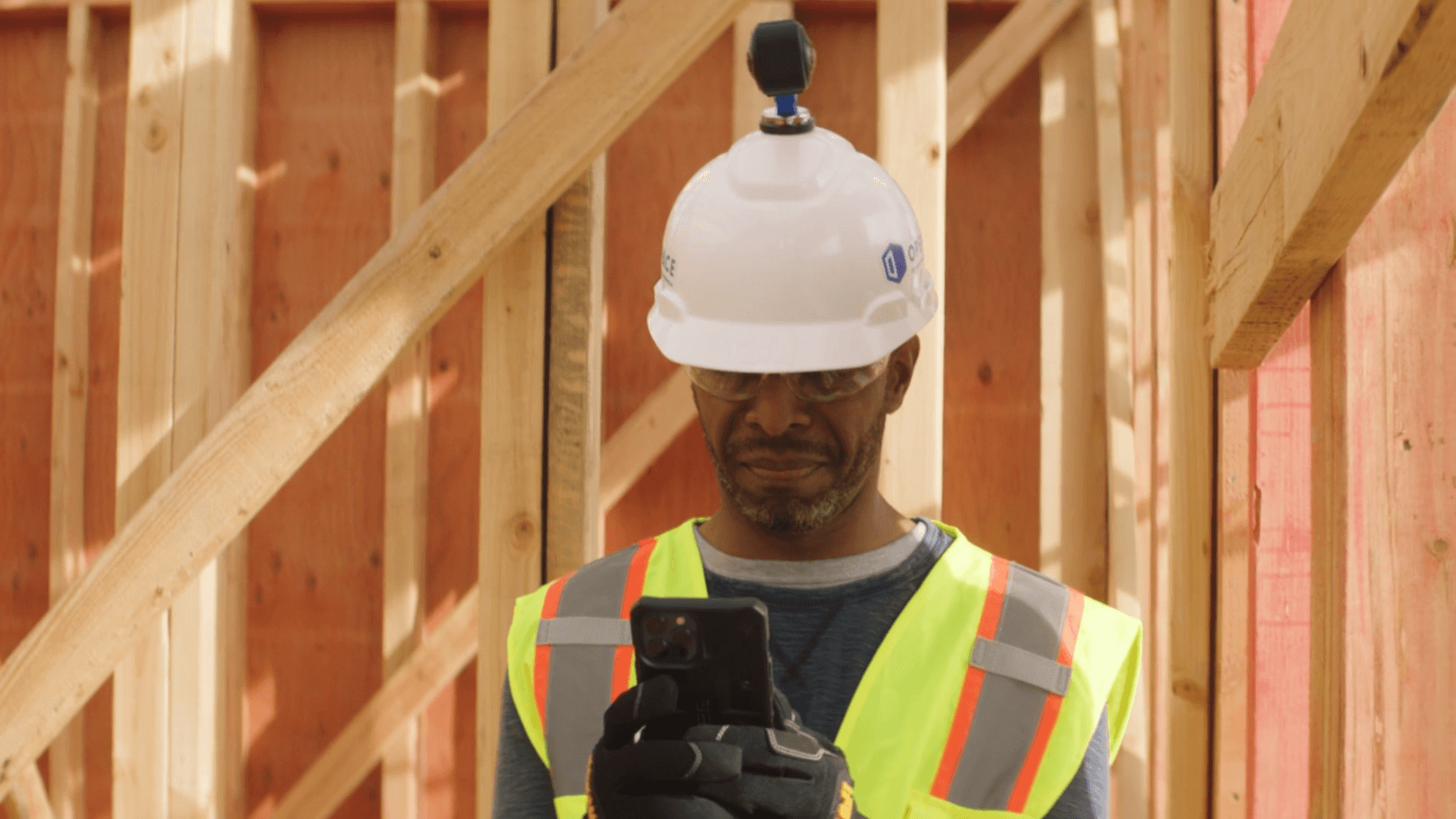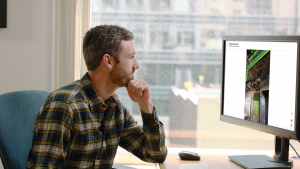
With 360° reality capture from OpenSpace, UMC is harnessing real-time data and visualization to mitigate risk and optimize workflows. UMC recognizes that effective project coordination and adoption of innovative technologies are critical for success. Complete jobsite capture helps achieve unprecedented accuracy and efficiency in project planning and execution. Here are the most common uses of OpenSpace that help minimize errors and enhance collaboration across the full construction lifecycle.
- Requests for information (RFIs): Successful coordination and issue resolution require clarity on RFIs. With photo documentation from OpenSpace, teams can easily pull up 360° captures to view the state of construction and make informed decisions on things like pricing and adjustments. Real-time visibility into a project’s progress significantly reduces the risk of costly changes and saves time. Josh Wilson, project executive at UMC, said, “OpenSpace has quickly become one of our most valuable tools in the field for communication, documentation, and reporting.”
- Design intent vs. as-built: OpenSpace helps clarify complexities on the construction site. If concerns are raised about something on the jobsite, the team can simply overlay the model view on the site conditions captured. The team can then quickly identify discrepancies between the design and actual construction and address potential issues proactively, avoiding delays and rework down the line.
 Ensuring quality control (QC): Reality capture can also help subcontractors improve QC. Through side-by-side comparisons of models and site conditions in OpenSpace, teams can ensure all necessary elements are in place as per the design specifications. As UMC’s Wilson put it, “The OpenSpace image capture process and user interface makes it a breeze to compare real-world construction progress to the coordinated building information modeling (BIM) and quickly highlight potential quality assurance or QC discrepancies or identify areas in need of an RFI.”
Ensuring quality control (QC): Reality capture can also help subcontractors improve QC. Through side-by-side comparisons of models and site conditions in OpenSpace, teams can ensure all necessary elements are in place as per the design specifications. As UMC’s Wilson put it, “The OpenSpace image capture process and user interface makes it a breeze to compare real-world construction progress to the coordinated building information modeling (BIM) and quickly highlight potential quality assurance or QC discrepancies or identify areas in need of an RFI.”- Communication and collaboration: By providing a centralized platform for sharing and reviewing site documentation, OpenSpace facilitates effective communication and collaboration among project stakeholders. Teams can quickly access relevant information and coordinate their efforts more efficiently. This streamlined communication workflow fosters a culture of collaboration and accountability, ultimately driving project success and quick adoption of OpenSpace across organizations.
Wilson added, “The OpenSpace platform has also allowed our team to provide a more robust as-built deliverable to clients by allowing building owners and facility staff to virtually tour their space at any point during the construction process and hit the ground running on day one.”
For more information, visit www. openspace.ai.
You may also be interested in the following:
- Recorded webinar: Fireside Chat: UMC Brings 3D Models to the Field with OpenSpace
- eBook: How 360° Reality Capture is Transforming Construction, explains how the right technology solution can help future-proof your business with a strong remote site management practice and an increased use of robust visual data.


